Feel like you’re swimming in questions about searching for the right college? You’re not alone! In this series, “Once in Your Shoes,” four Hope families share their wisdom about the college search process as they were once in your shoes. We’ve asked these families some admissions-related questions, with the goal of letting their experiences help you.
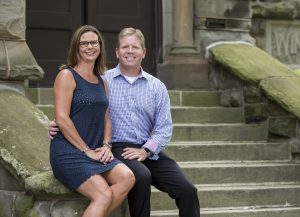
Scott and Jodi Harvey, from Milwaukee, Wisconsin, reflect on their family’s Hope admissions process. The Harveys’ daughter, Allie, is a member of Hope’s Class of 2022.
—
As college decision letters began arriving in the mail, what went through your minds?
Will Allie make the right choice? Will we be able to afford it? What if she makes the wrong choice? What will she major in? There we so many questions and uncertainties!!
I don’t recall a lot of stress around the question of her getting into the schools she applied to, but rather I feel there was more anxiety about deciding between the schools she did get into. Helping her navigate questions of size, campus atmosphere and fit was the most difficult part of the process. I feel like Allie knew very early in the back of her mind that Hope was her first choice, but she was still questioning what the right choice was and how to make that decision. As parents, we tried to be supportive and let her make her own decisions in her own time. We let her know early on that this was her decision and that we would support whatever choice she made and make it work.
What was the criteria you were using to help in the decision process?
Size, cost and the ‘this is it’ feeling she had on campus. Size was something that she really went back and forth on. She really wanted a school that was big enough to get involved, spread her wings and have fun but not too big where it lost that sense of community. As for cost, since all three of her top choices were out of state and/or private, at no time was in-state tuition even a consideration. Because of that, we were quite interested in the scholarship and grant options available at each of the schools. Finally, and above all, we wanted her to feel like the school she chose was someplace she felt ‘at home’ from day one.
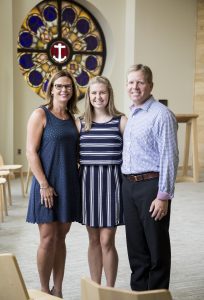
What role did Hope’s faith dimension play in the decision process?
Allie really wanted a school where she would be surrounded by like-minded peers who share a love for Christ and there is no doubt that the key factor for Allie choosing Hope was the Christian element. From the moment we sat in chapel on our first campus visit, I knew where she would want to call home. I still remember the goose bumps I had in chapel that day seeing all of the students (standing room only) pack the chapel and worship because they wanted to, not because they had to. That was the factor that all other schools were compared to during her college search from that day on!
What advice do you have for parents regarding visiting campuses?
Take your student to as many schools as you can so that they can get the feel of the campus first hand. While websites and virtual tours are great, they cannot replace the experience of an actual visit where you can see students interacting, feel the vibe of the campus and take in the surrounding area. Campus tours were my (Jodi) favorite part of the whole process!
What concerns did you have or can you share about paying for college?
I think we had, and still have, the same concerns all parents have when it comes to paying for college. We were hopeful to receive as much money in scholarships and grants as possible. We encouraged her to look at in-state schools and apply for any and all scholarships she could but did not limit her choices because of these things. We were very clear with Allie what our “budget” for her was and weighed all of her options with her. I would suggest to others going through the process now to weigh the value of the return on investment at all the schools they are looking at. 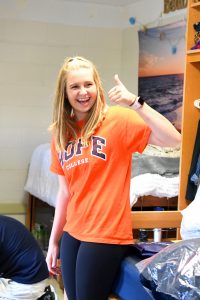
When did Allie know Hope was the best and possibly only option?
From day one of our first visit! She loved hearing the student perspectives during one of the breakout sessions and attending chapel. From then on, all other schools were compared to Hope and all other towns compared to Holland.
Any other thoughts or stories you would like to share?
My advice would be to enjoy this exciting time. Take the time to explore as many college options as your child is interested in. Visit a variety of schools – different sizes, locations, public, private, city, small college towns. The more you visit, the better feel your student will have for what feels right. Chances are you will be as lucky as we were and just know once you find it. Be supportive of your student and the choice he/she makes. This is a big decision and as much as you want them to make the right choice, he/she is the one who will be moving out and living at the school the next four years.


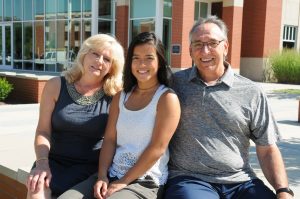
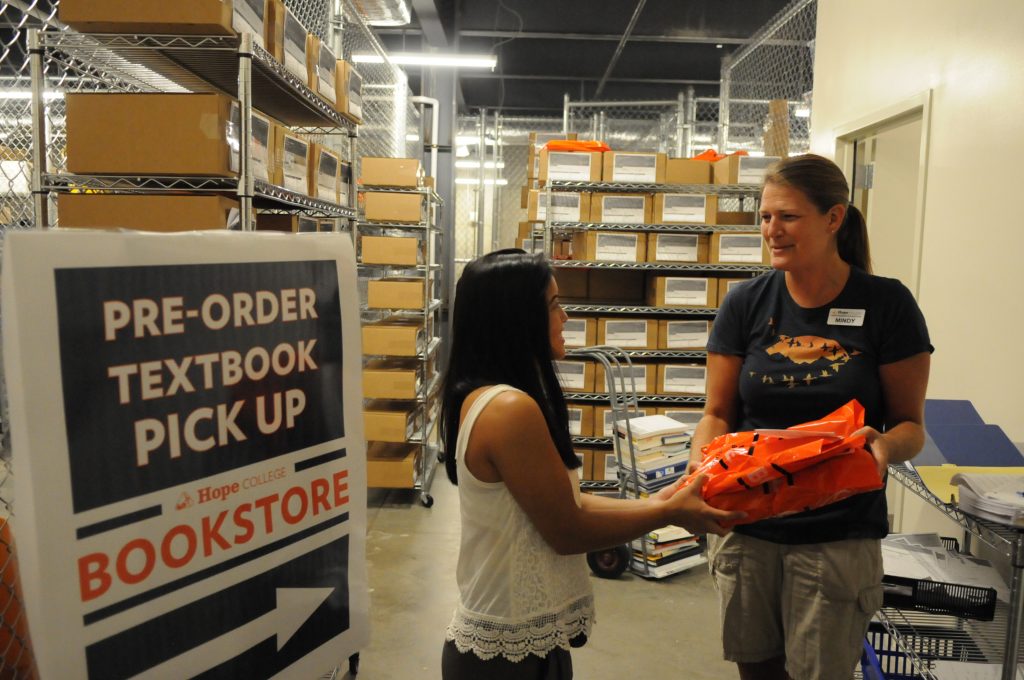

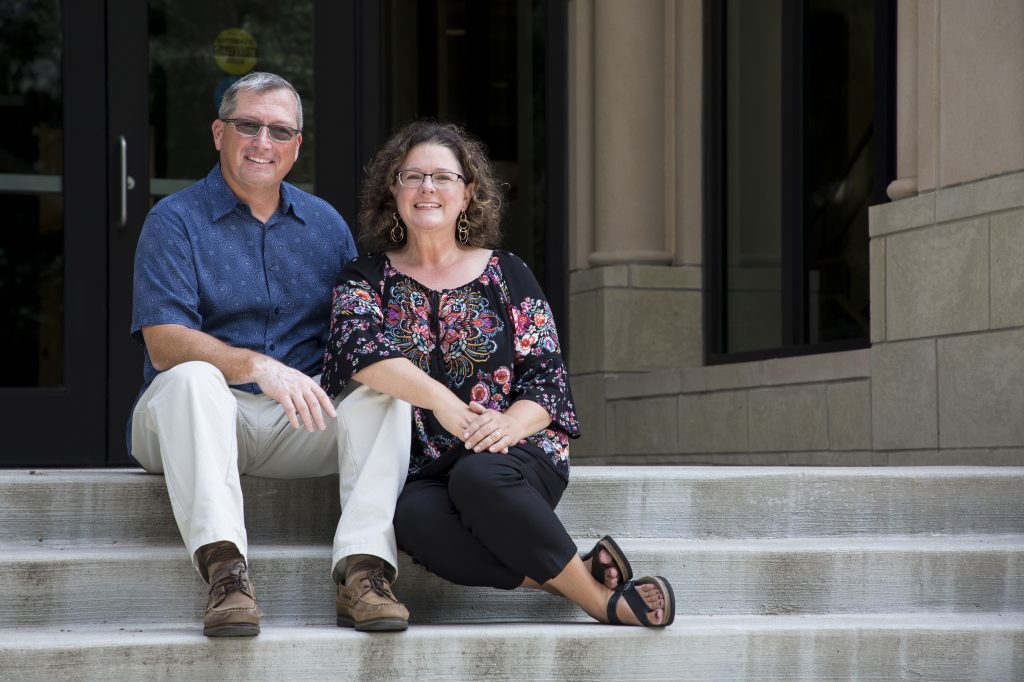
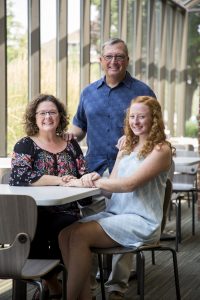



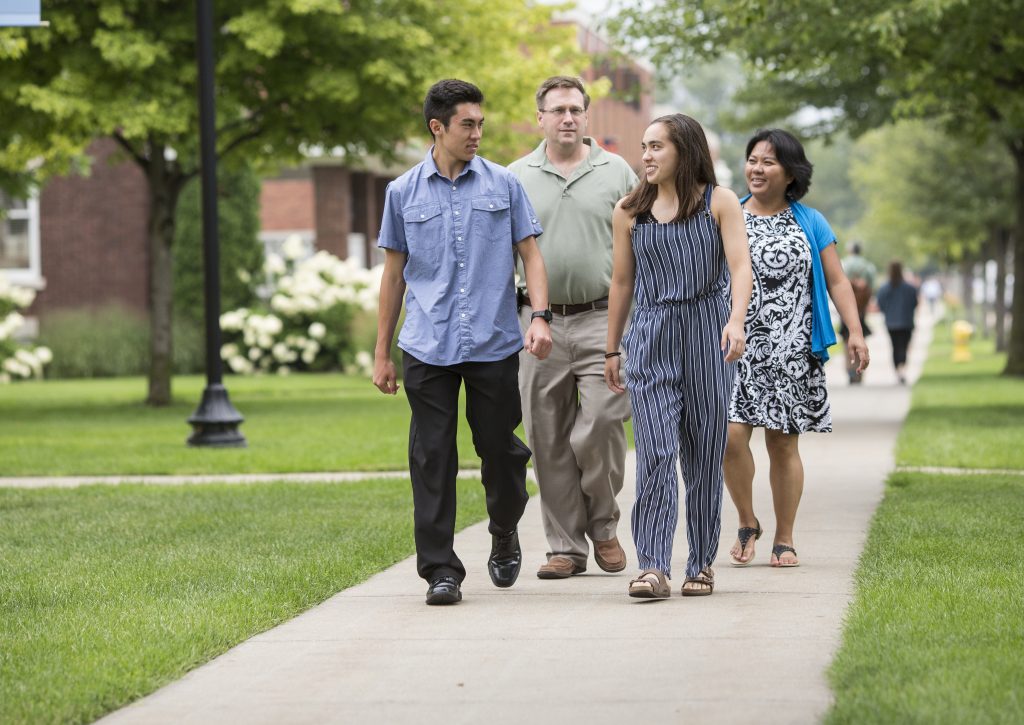

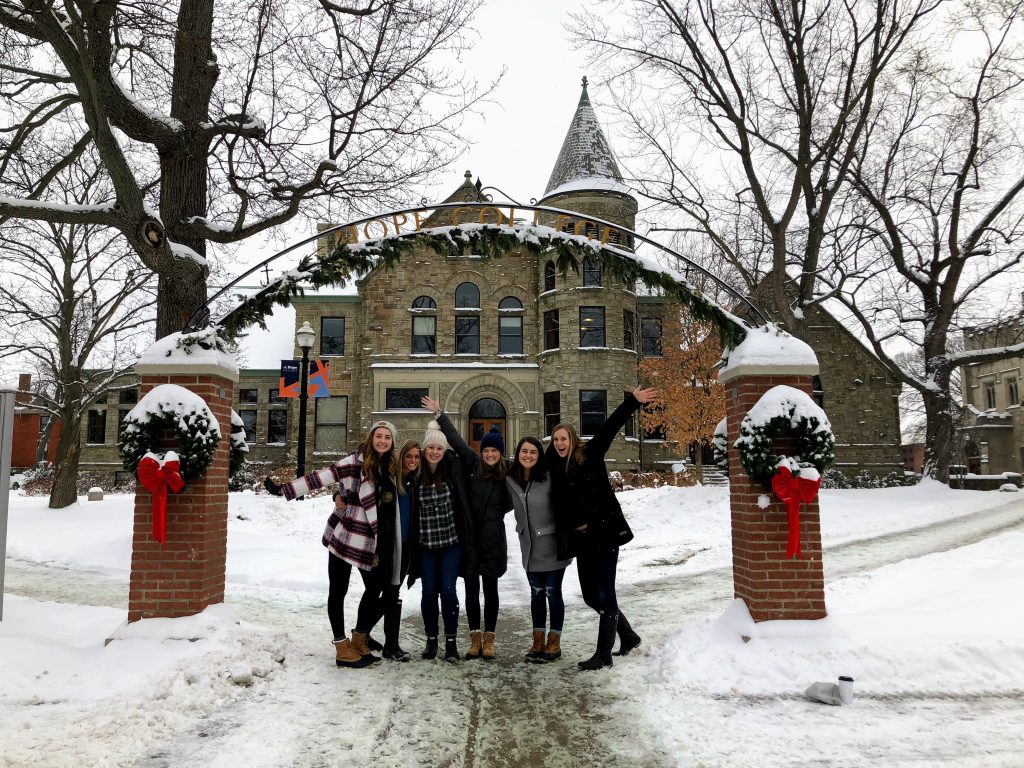
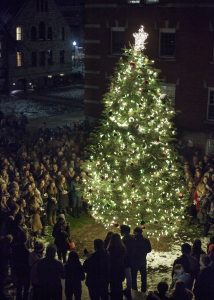

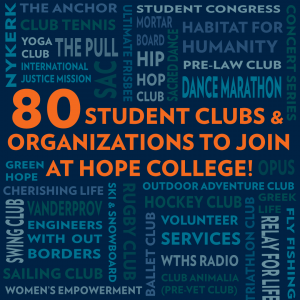

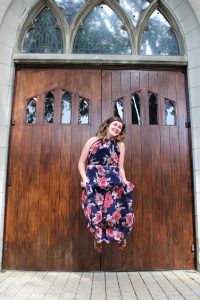 As I walk through Hope’s campus towards my first class, I find an abundance of things to be thankful for in each glance. I pass Dimnent Chapel, my favorite place to worship, and the Bultman Student Center, where I always try to study but fail because I always see so many people that I know and love. I arrive at the DePree Art Center, my favorite building on campus. Inside it sit all my friends, ready to learn and make amazing art together. There is no shortage of inspiration here. I thank God for the places on campus that aide in making me a more rounded student and person, as well as a major (Art) that I love so much.
As I walk through Hope’s campus towards my first class, I find an abundance of things to be thankful for in each glance. I pass Dimnent Chapel, my favorite place to worship, and the Bultman Student Center, where I always try to study but fail because I always see so many people that I know and love. I arrive at the DePree Art Center, my favorite building on campus. Inside it sit all my friends, ready to learn and make amazing art together. There is no shortage of inspiration here. I thank God for the places on campus that aide in making me a more rounded student and person, as well as a major (Art) that I love so much. I lost my glasses in the Mediterranean Sea.
I lost my glasses in the Mediterranean Sea. minor and also fulfilled my Culture Heritage II credit without putting my engineering class schedule in crisis.
minor and also fulfilled my Culture Heritage II credit without putting my engineering class schedule in crisis. Of course, loving travel is also a huge part of it. Seeing the world is an experience that you just have to do, especially since we’re so young. For us as Hope students, we should take advantage of the interdisciplinary opportunity that we still have. Seeing the world not only allows us to learn more about the world, but allow us to get out of our comfort zones. In my case, it was being able to speak Spanish for an entire month while taking in the culture around me.
Of course, loving travel is also a huge part of it. Seeing the world is an experience that you just have to do, especially since we’re so young. For us as Hope students, we should take advantage of the interdisciplinary opportunity that we still have. Seeing the world not only allows us to learn more about the world, but allow us to get out of our comfort zones. In my case, it was being able to speak Spanish for an entire month while taking in the culture around me.
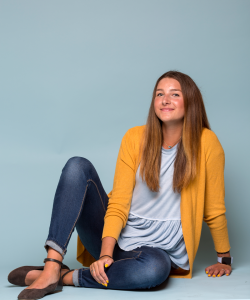
 Going into my junior year, I have completed both my mathematics minor and my Spanish minor. With the time I have remaining to finish my Biomedical Mechanical Engineering major, I have also decided to pursue problems not only as an engineer, but also as a Hope Entrepreneurial Institute Fellow to solve problems in a more immediate way.
Going into my junior year, I have completed both my mathematics minor and my Spanish minor. With the time I have remaining to finish my Biomedical Mechanical Engineering major, I have also decided to pursue problems not only as an engineer, but also as a Hope Entrepreneurial Institute Fellow to solve problems in a more immediate way.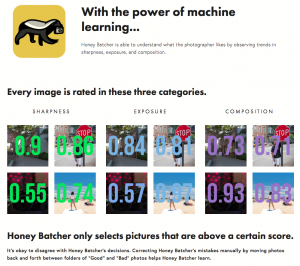 and I have spent the last few months at Start Garden developing and refining a software we’ve developed called Honey Batcher, a computer program specifically created to save precious time in postproduction for event and wedding photographers. As the user experience (UX) designer, my role is to dissect the modern photographer’s workflow to make improvements for the future. This includes conducting in-person and online interviews with our target market in order to solve their problems and fulfill their needs. Timothy is the temporary lead developer who handles coding and debugging within Java.
and I have spent the last few months at Start Garden developing and refining a software we’ve developed called Honey Batcher, a computer program specifically created to save precious time in postproduction for event and wedding photographers. As the user experience (UX) designer, my role is to dissect the modern photographer’s workflow to make improvements for the future. This includes conducting in-person and online interviews with our target market in order to solve their problems and fulfill their needs. Timothy is the temporary lead developer who handles coding and debugging within Java. We obtained our workspace at Start Garden in April 2018 at the
We obtained our workspace at Start Garden in April 2018 at the 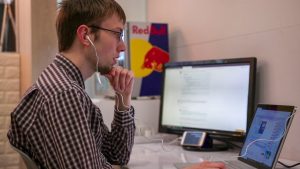 Neither Timothy or myself are native entrepreneurs. But with my engineering major and Timothy’s computer science minor, we’ve both been able to use what we learned in our respective fields to put together what is called a “minimum viable product” — that is, we’ve been able to develop a solution-based product that is sufficient enough for early adopters. From here, we can continue to work and refine, or outsource labor if time demands it.
Neither Timothy or myself are native entrepreneurs. But with my engineering major and Timothy’s computer science minor, we’ve both been able to use what we learned in our respective fields to put together what is called a “minimum viable product” — that is, we’ve been able to develop a solution-based product that is sufficient enough for early adopters. From here, we can continue to work and refine, or outsource labor if time demands it.